- عنوان کتاب: Machine Learning From the Classics to Deep Networks, Transformers, and Diffusion Models
- نویسنده: Sergios Theodoridis
- حوزه: یادگیری ماشین
- سال انتشار: 2026
- تعداد صفحه: 1220
- زبان اصلی: انگلیسی
- نوع فایل: pdf
- حجم فایل: 21.4 مگابایت
یادگیری ماشینی (ML) زیرمجموعهای از هوش مصنوعی (AI) است که به عنوان یک چتر عمل میکند و منجر به تکامل روشهایی شده است که برای دههها در جوامع مختلف علمی و با نامهای مختلف مورد مطالعه و توسعه قرار گرفتهاند، مانند یادگیری آماری، پردازش سیگنال آماری، تشخیص الگو، پردازش سیگنال تطبیقی، پردازش مجدد تصویر و تجزیه و تحلیل دادهها، پردازش و تجزیه و تحلیل دادهها، پردازش و تجزیه و تحلیل مجدد تصویر، بازیابی، بینایی کامپیوتر و یادگیری محاسباتی. ماهیت وجه مشترک این رشته ها این است که همه آنها از داده ها یاد می گیرند و سپس پیش بینی می کنند. چیزی که فرد سعی می کند از داده ها یاد بگیرد، ساختار زیربنایی و قانونمندی آنها است، از طریق توسعه یک مدل، که سپس می تواند برای ارائه پیش بینی استفاده شود. برای این منظور، تعدادی از مدلهای مختلف، از خطی تا مدلهای غیرخطی مختلف توسعه یافتهاند. همچنین، تعدادی از رویکردهای متنوع ارائه شده است. از یک طرف، تکنیکهایی قرار دارند که مبتنی بر بهینهسازی، با توجه به مدل اتخاذ شده، توابع هزینههای مختلف هستند که هدف آن کمی کردن انحراف بین آنچه فرد از دادهها مشاهده میکند و آنچه مدل تخمین زده پیشبینی میکند، است. در طرف دیگر روشهای احتمالی قرار دارند که سعی میکنند ویژگیهای آماری دادههای مشاهدهشده را بهصراحت مدلسازی کنند. هدف این کتاب این است که با ارائه مسیرها و رویکردهای اصلی که در طول سالها دنبال شدهاند، از کلاسیکها شروع شده و به سمت جدیدترین تکنیکها حرکت کردهاند، به رشته یادگیری ماشین در چارچوبی یکپارچه نزدیک شود. اعتقاد نویسنده این است که همه آنها برای تازه واردی که می خواهد اسرار این موضوع را از برنامه ها و همچنین از دیدگاه آموزشی بیاموزد ارزشمند است. تاکید بر مطالعه و تجزیه و تحلیل الگوریتمها و روشهای یادگیری ماشین است و نه بر موضوعات مربوط به خود نظریه یادگیری و محدودیتهای عملکرد مرتبط. به عبارت دیگر، تمرکز بر روش ها و الگوریتم های نزدیک به سطح برنامه ها است. این کتاب حاصل بیش از چهار دهه تجربه نویسنده در تحقیق و تدریس دروس مختلف مرتبط است. کتاب به گونه ای نوشته شده است که فصل های فردی (یا جفتی) تا حد امکان مستقل باشند. بنابراین، میتوان فصلها را با توجه به تمرکزی که میخواهد به درسی که تدریس میکند، یا موضوعاتی که میخواهد در اولین مطالعه درک کند، انتخاب و ترکیب کند. برخی از دستورالعمل ها در مورد نحوه استفاده از کتاب برای دوره های مختلف در فصل مقدماتی ارائه شده است. هر فصل با شروع از اصول اولیه و تکامل برای پذیرش پیشرفتهای اخیر رشد میکند. برخی از موضوعات باید به دو فصل تقسیم شوند، مانند یادگیری پراکنده، یادگیری بیزی، مدلهای گرافیکی احتمالی، روشهای مونت کارلو، و شبکههای عمیق. این کتاب به نیازهای دانشجویان پیشرفته فارغ التحصیل، کارشناسی ارشد، و پژوهشگر و همچنین دانشمندان و مهندسان شاغلی که علایق آنها فراتر از رویکردهای جعبه سیاه است، می پردازد. همچنین، این کتاب میتواند نیازهای دورههای کوتاهمدت در موضوعات خاص، به عنوان مثال، مدلسازی پراکنده، یادگیری بیزی، مدلهای گرافیکی احتمالی، شبکههای عصبی و یادگیری عمیق را برآورده کند.
Machine learning (ML) is a subtopic of artificial intelligence (AI) that acts as an umbrella and has resulted as an evolution of methods that have been studied and developed for many decades in different scientific communities and under different names, such as statistical learning, statistical signal processing, pattern recognition, adaptive signal processing, image processing and analysis, speech recognition, system identification and control, data mining and information retrieval, computer vision, and computational learning. The essence of what these disciplines have in common is that they all learn from data, and then make predictions. What one tries to learn from data is their underlying structure and regularities, via the development of a model, which can then be used to provide predictions. To this end, a number of different models have been developed, ranging from linear to various nonlinear ones. Also, a number of diverse approaches have been proposed. On the one side lie techniques that are based on optimizing, with respect to the adopted model, different cost functions, whose goal is to quantify the deviation between what one observes from data and what the estimated model predicts. On the other side lie probabilistic methods that attempt to explicitly model the statistical properties of the observed data. The goal of this book is to approach the machine learning discipline in a unifying framework, by presenting major paths and approaches that have been followed over the years, starting from the classics and moving to the most recent techniques. It is the author’s belief that all of them are valuable to the newcomer who wants to learn the secrets of this topic, from the applications as well as from the pedagogic points of view. The emphasis lies on the study and analysis of machine learning algorithms and methods and not on topics concerning the theory of learning itself and related performance bounds. In other words, the focus is on methods and algorithms closer to the applications level. The book is the outgrowth of more than four decades of the author’s experience in research and teaching various related courses. The book is written in such a way that individual (or pairs of) chapters are as self-contained as possible. So, one can select and combine chapters according to the focus he/she wants to give to the course he/she teaches, or to the topics he/she wants to grasp in a first reading. Some guidelines on how one can use the book for different courses are provided in the introductory chapter. Each chapter grows by starting from the basics and evolving to embrace more recent advances. Some of the topics had to be split into two chapters, such as sparsity-aware learning, Bayesian learning, probabilistic graphical models, Monte Carlo methods, and deep networks. The book addresses the needs of advanced graduate, postgraduate, and research students as well as of practicing scientists and engineers whose interests lie beyond black-box approaches. Also, the book can serve the needs of short courses on specific topics, e.g., sparse modeling, Bayesian learning, probabilistic graphical models, neural networks, and deep learning.
این کتاب را میتوانید از لینک زیر بصورت رایگان دانلود کنید:
Download: Machine Learning From the Classics to Deep Networks, Transformers, and Diffusion Models




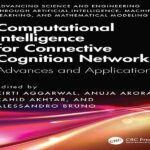
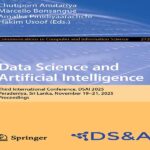




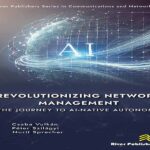


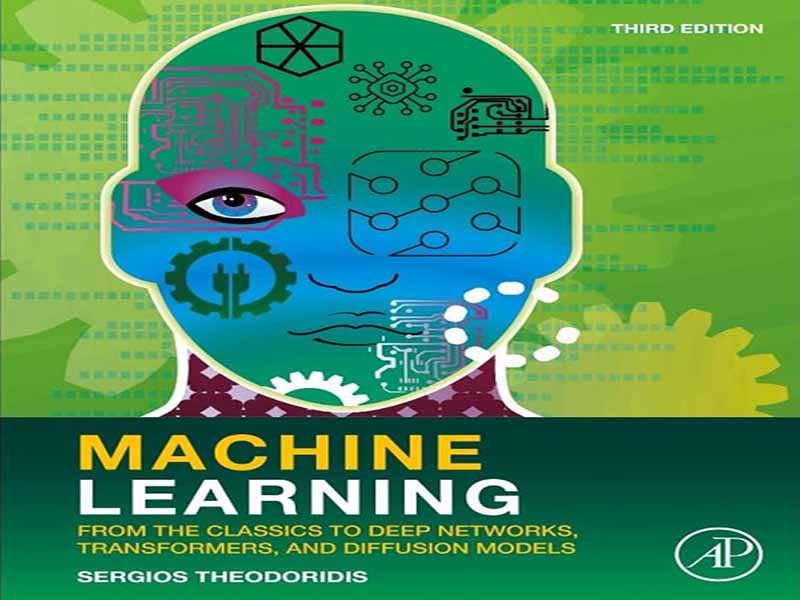







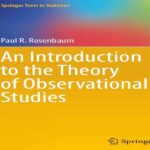
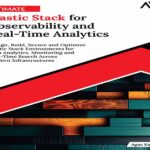

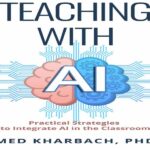







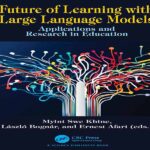


نظرات کاربران